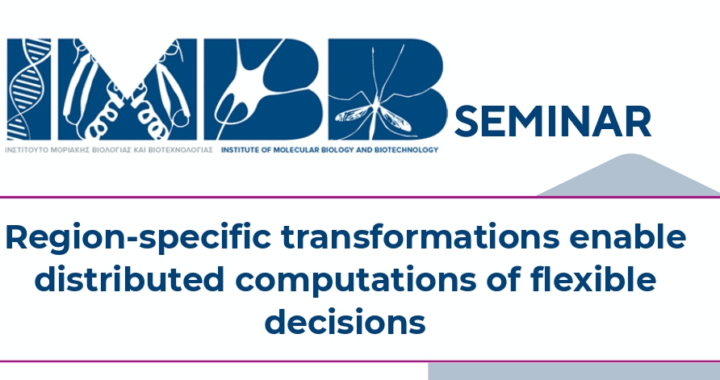The laboratory of Dr. Alcino Silva at the University of California Los Angeles (UCLA) joined forces with the lab of Dr. Poirazi at the Institute of Molecular Biology and Biotechnology (IMBB) of FORTH in order to explain why the “banding together” of synapses in dendrites relates to better learning and memory. The work is published in the scientific journal Nature Communications, and is likely to have important implications for memory-related dysfunctions.
The study of the spatially localized grouping of synapses in dendrites, termed synaptic clustering, has led to many discoveries about the way in which memories are encoded and the structure of the imprints of memory in the brain, called memory engrams. While early theoretical work supported the idea that memories are encoded by changing the conductance or strength of the connections between neurons in the brain, it is only recently that advances in imaging and molecular biology allowed scientists to precisely identify those changes, and to monitor how they change over time.




